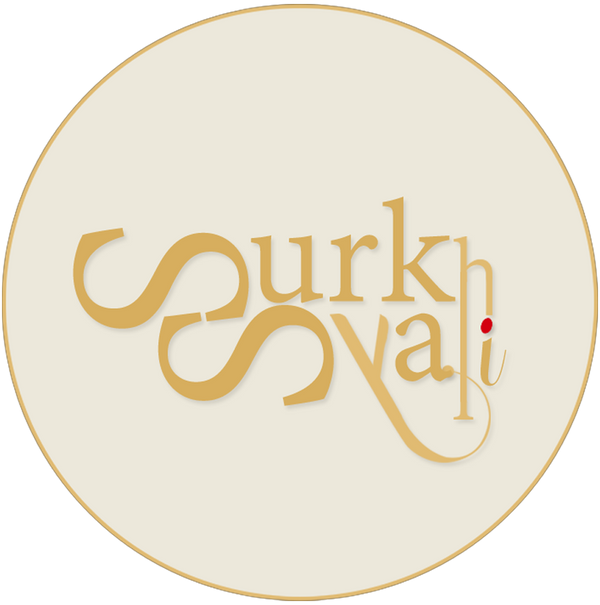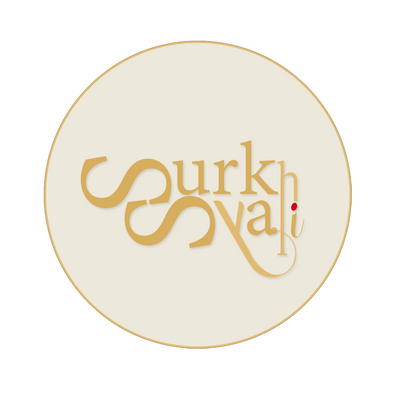Kurti vs kurta: Key differences every fashion lover should know
August 19 2025 – Shubham Passi

When it comes to Indian fashion, two words that often confuse people are kurti and kurta. They sound almost the same and even look quite similar—but they’re not the same. Whether you’re shopping online, getting ready for a festive occasion, or just putting together a comfy outfit for daily wear, it’s important to know the difference between the two.
In this blog, we’ll break it down in a simple way, so next time you're choosing between a kurti and a kurta, you’ll know exactly what suits you best.
What is a Kurti?
A kurti is usually a short or mid-length top worn by women. It can be straight-cut, flared, or asymmetrical. Kurtis are very common for daily wear, college outfits, casual outings, and even office wear. They are known for being easy to style and comfortable.
Key Features of a Kurti:
-
Generally shorter in length (usually above or around the knee).
-
Can be worn with jeans, leggings, palazzos, or skirts.
-
More casual and versatile.
-
Available in various prints and styles.
-
Great for layering or wearing solo.
Kurtis are often preferred by younger women or anyone who wants a modern Indo-Western look without going full traditional.
What is a Kurta?
A kurta, on the other hand, is typically longer and more traditional. It often falls below the knees and is designed in both simple and festive styles. You’ll often see kurta sets for women, which come with matching bottoms and dupattas.
Key Features of a Kurta:
-
Longer in length, usually below the knee or calf-length.
-
Worn with churidars, salwars, straight pants, or palazzos.
-
Gives a more ethnic and elegant look.
-
Often worn during festivals, weddings, or traditional events.
-
Available in a wide range of fabrics like cotton, silk, rayon, georgette, etc.
A kurta is considered more suitable for festive wear and formal traditional settings.
The design & fit difference
While both kurtas and kurtis come in many designs, the fit and structure often set them apart.
-
Kurtis usually come in more fitted silhouettes and modern cuts.
-
Kurtas tend to be looser, more flowing, and designed to offer ease of movement.
For example, an A-line kurta is designed with a flare that gives your body shape while also offering comfort. It’s perfect for the monsoon or summer when you want something light, breathable, and not body-hugging.
Styling options
How to style a kurti:
-
Pair with skinny jeans for a casual look.
-
Add a jacket or shrug for layering.
-
Wear culottes or dhoti pants for a trendy Indo-Western vibe.
-
Perfect for college, casual outings, or everyday office wear.
How to style a kurta:
-
Wear matching or contrasting pants or churidars.
-
Pair with a dupatta for a complete ethnic look.
-
Add jhumkas, bangles, and flats for a festive touch.
-
Great for functions, poojas, family get-togethers.
If you're looking at kurta sets, they usually come with matching bottoms and dupatta, making it easier to put together an outfit without mixing and matching.
Which one is more comfortable?
Both kurtas and kurtis can be comfortable, depending on the fabric and fit. For example, cotton A-line kurtas are a favorite during summers and monsoons because they keep you cool and dry quickly if you get caught in the rain.
Kurtis made of rayon or jersey material are also great for daily wear as they stretch and feel soft on the skin.
Occasion matters
One simple way to decide between a kurti and kurta is to ask yourself where you're going.
-
For casual, daily wear – Choose a kurti.
-
For office or semi-formal outings – Choose a straight-cut kurta or subtle kurti.
-
For festive occasions or weddings – Go for a kurta set with dupatta.
-
For monsoon or summer – A kurta in cotton or rayon for breathability is a good choice.
Fabric choices
The fabric can make a big difference in both comfort and look.
-
Kurtis are often made in cotton, rayon, crepe, or georgette.
-
Kurtas are available in everything from cotton to silk to chiffon, depending on the occasion.
For example, kurta sets in cotton or rayon are perfect for daytime events or monsoon dressing because they allow air flow, look elegant, and dry quickly if wet.
Why does this matter in online shopping?
When you're shopping online, especially on websites like Surkh Syahi that offer custom-made Indo-Western outfits for women, understanding these terms helps you make better choices.
If you search for “a line kurta” and expect something short and casual, you might end up disappointed. Knowing the difference between kurti and kurta means you get exactly what you’re looking for.
Also, many sites now offer complete kurta sets, which include a well-matched outfit with top, bottom, and dupatta — so you don’t have to worry about mixing and matching.
Final thoughts
So, now that you know the real difference between a kurti and a kurta, it will be easier for you to shop, dress up, and style yourself as per the occasion. Whether you’re heading to the office, attending a festive gathering, or just meeting friends for coffee, both styles have their place in your wardrobe.
Looking to try something new? Explore Surkh Syahi’s collection of stylish Indo-Western fusion dresses designed just for you.

